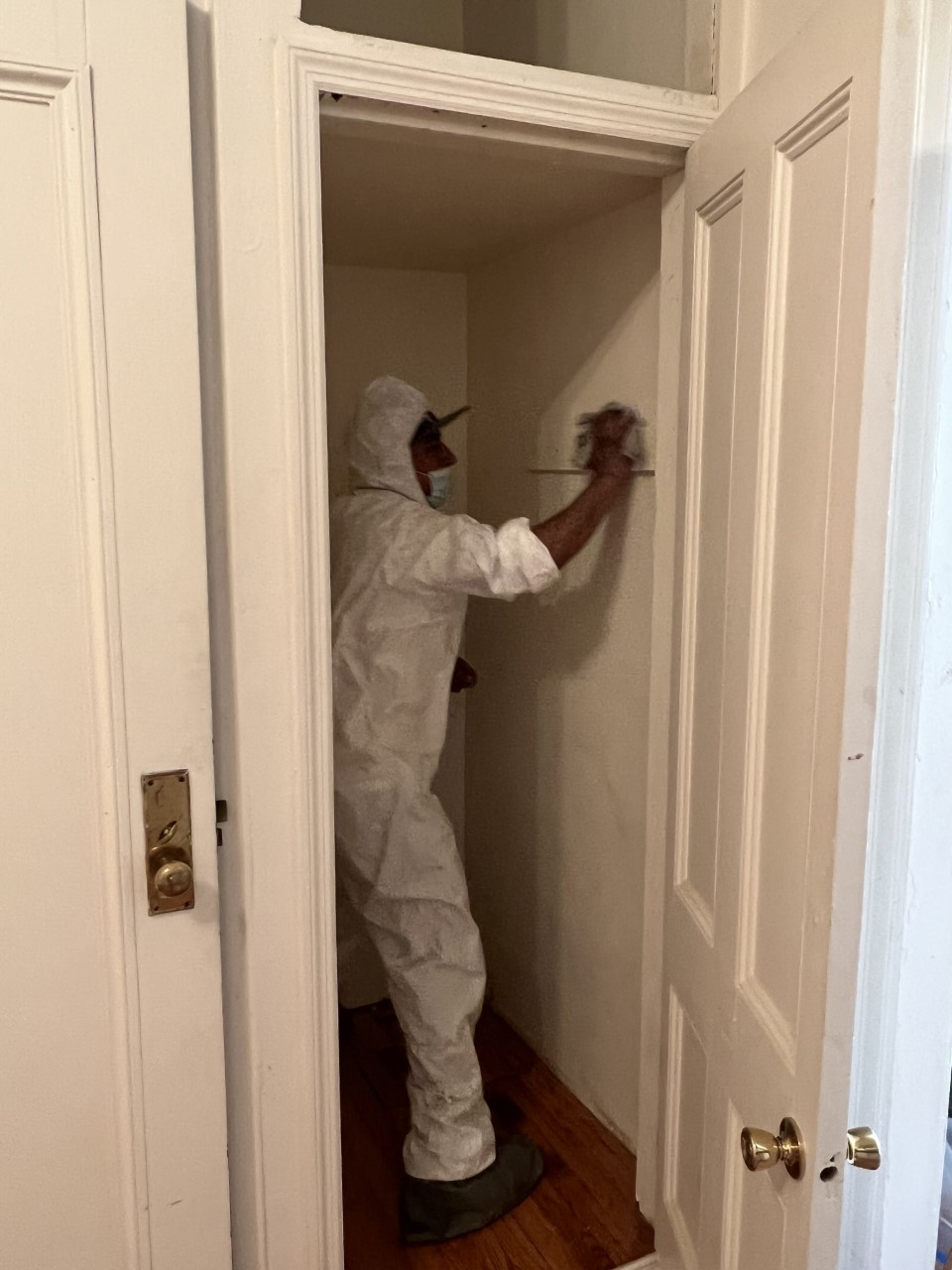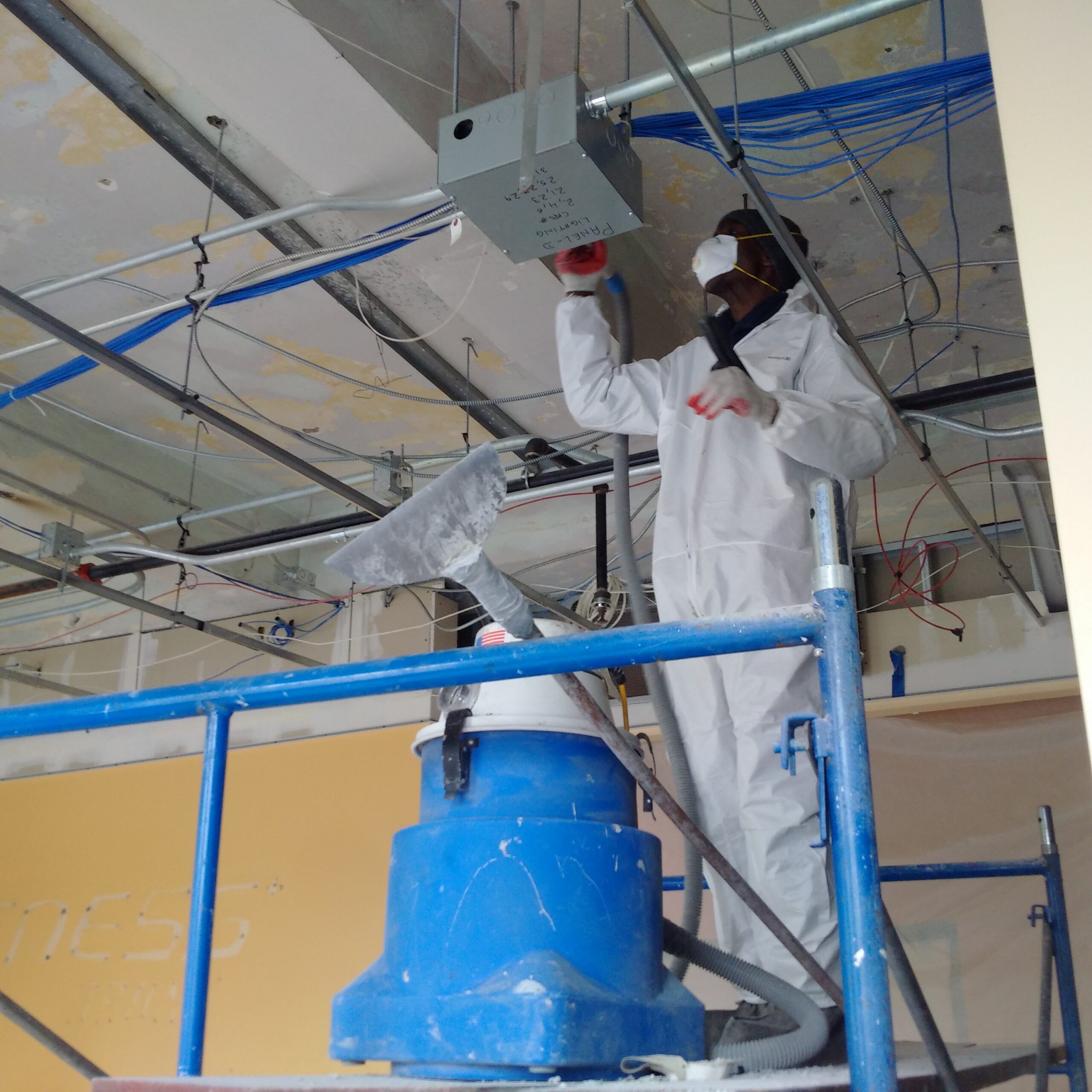DOH & HPD Lead Violation Removal NYC-- Specialist Solutions for Conformity
Comprehensive Guide on Effective Lead Infraction Elimination Strategies
In the realm of environmental security, attending to lead offenses requires a thorough and organized strategy. This comprehensive guide begins by highlighting the vital preliminary actions of determining lead dangers via advanced assessment and screening approaches. Techniques such as XRF evaluation and dirt clean tasting are indispensable in identifying contamination sources. The guide clarifies on the importance of adhering to stringent safety methods throughout the elimination process, including the usage of proper PPE and isolating influenced locations. The subsequent sections assure to review post-removal verification and precautionary techniques, ensuring lasting safety and security and conformity. Discover the elaborate information that make these strategies not just reliable yet necessary.
Determining Lead Risks
Recognizing lead risks is a critical very first step in alleviating the threats connected with lead direct exposure. Lead, a hazardous metal, can be present in numerous environmental mediums, consisting of paint, dirt, water, and dust. It presents extreme health and wellness threats, particularly to youngsters and expectant women, causing neurological damages and developmental delays. Accurate recognition of potential lead sources is necessary for reliable removal.
The first stage in recognizing lead threats entails recognizing common lead resources within the developed setting. Frameworks constructed prior to 1978 are specifically at risk as a result of the widespread usage of lead-based paint during that period. Furthermore, soil contamination can take place from deteriorating exterior paint, industrial exhausts, or historic use leaded gasoline.
Another substantial resource is lead piping and pipes fixtures, which can leach lead into alcohol consumption water. Durable goods such as playthings, porcelains, and imported products may additionally have unsafe lead levels. Significantly, work environments and hobbies entailing lead can track impurities into homes.
Assessment and Screening
When resolving lead dangers, efficient evaluation and testing are extremely important. This vital step ensures the recognition and quantification of lead presence, therefore leading subsequent removal initiatives. Initial assessment usually involves an aesthetic examination to determine potential lead resources, such as weakening paint or infected dust. This is enhanced by more strenuous screening methods to determine the level of contamination.

Dust wipe sampling is one more critical method, especially in residential settings. By gathering examples from floorings, windowsills, and other surfaces, this technique supplies understandings right into potential exposure dangers. Soil testing around building perimeters is vital to find lead contamination that can posture threats, especially to children.
Safe Removal Procedures
Upon completing comprehensive assessment and testing, implementing safe elimination treatments is the following essential stage in resolving lead threats. This procedure makes sure that lead-contaminated materials are efficiently and safely gotten rid of, minimizing risk to both employees and homeowners. The very first step involves separating the damaged location using plastic sheeting and proper securing methods to avoid the spread of lead dust.
Employees need to put on appropriate individual protective tools (PPE), consisting of respirators, gloves, and non reusable coveralls, to minimize exposure. Employing specialized devices and wet methods, such as wet sanding or using HEPA-filtered vacuum cleaners, minimizes the dispersion of lead fragments. It is important to avoid completely dry sanding or unpleasant blasting, as these methods can create dangerous lead dust.
Garbage disposal is one more vital element; all contaminated products must be safely gotten and labeled according to EPA and regional regulations. In addition, extensive cleansing of the workspace with HEPA vacuums and wet cleaning makes sure the removal of residual lead fragments.
Post-Removal Verification

Verification of effective lead removal, understood as post-removal confirmation, is crucial to guarantee the safety and security and habitability of the remediated area. This process includes a collection of meticulous evaluations and examinations made to spot any kind of residual lead bits that might pose health dangers. The preliminary action typically includes a visual evaluation to evaluate the conclusion these details and top straight from the source quality of the remediation job. This inspection makes sure that all well-known resources of lead have been dealt with which no noticeable indicators of contamination continue to be.
Following the visual inspection, environmental tasting is performed. This entails accumulating dirt, soil, and often water examples from the remediated area. Certified laboratories evaluate these samples to gauge lead degrees, guaranteeing they fall below the safety and security limits developed by regulative bodies such as the Environmental Security Agency (EPA)
On top of that, air top quality screening may be performed to detect air-borne lead fragments, particularly in situations where comprehensive lead-based paint elimination or restoration has occurred. The outcomes of these tests provide quantitative data validating that the lead levels are within permissible restrictions.
Eventually, post-removal verification offers as an important checkpoint, verifying the effectiveness of the lead abatement efforts and safeguarding the health and wellness of residents and visitors.
Precautionary Actions and Upkeep

A vital safety net consists of making use of lead-safe certified specialists for any restoration, repair, or paint tasks. These professionals are learnt practices that lessen lead dust and particles. Additionally, preserving coloured surfaces to prevent damaging or peeling is necessary, as weakening paint can release lead particles right into the setting.
Educational initiatives targeting homeowner and renters pertaining to the dangers of lead and the value of reporting any kind of possible risks can additionally improve precautionary initiatives. Routine cleansing using HEPA vacuums and wet mopping go now strategies can considerably decrease lead dirt build-up.
Conclusion
In recap, efficient lead violation elimination requires a thorough method encompassing comprehensive analysis, precise screening, and strict removal procedures. Making sure safety and security through appropriate isolation and individual safety devices continues to be extremely important. Post-removal confirmation using ecological tasting and air high quality testing substantiates compliance with well-known security standards. Continuous examinations and upkeep are important to mitigate future lead risks, therefore guarding public health and making certain continual compliance with regulatory demands.